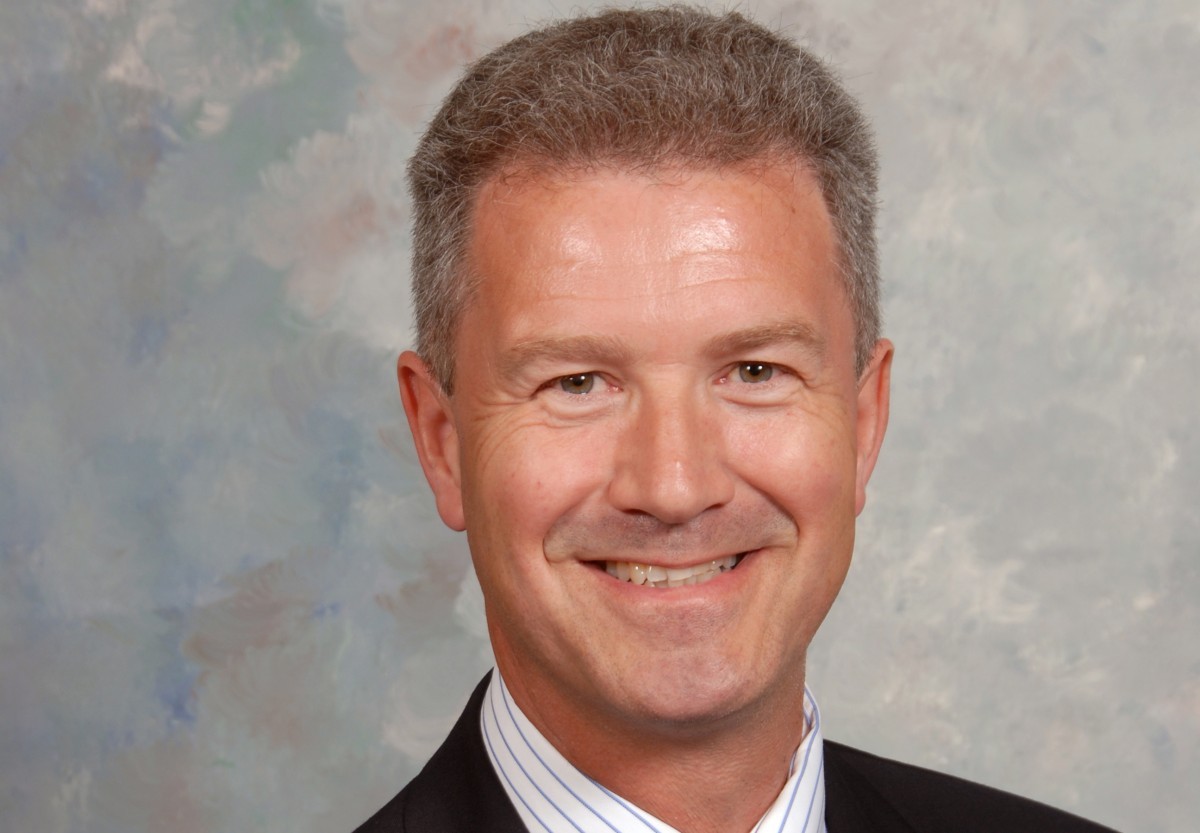
Dr. Peter Blunden Named Fellow of the APS
Dr. Peter Blunden of the department of physics and astronomy has been elected a Fellow of the American Physical Society (APS). Election to this Fellowship is limited to no more than one half of one percent of the membership in a given year, and is recognition by their peers of outstanding contributions to physics.
The citation for Blunden’s Fellowship reads:
“For seminal contributions to advancing our understanding of two-photon and two-boson exchange processes, and their implications for extracting electromagnetic and weak form factors of the nucleon.”
Blunden is a theoretical subatomic physicist who specializes in describing the scattering of high-energy electrons from the constituents of nuclei (neutrons and protons, or nucleons). During high-energy, particle physics experiments, an accurate theoretical framework is essential in analyzing the complex data that is gathered. Such experiments seek to validate the Standard Model of particle physics and identify any new physics that lies beyond the current theory.
Blunden notes: “Physicists like to use high-energy electrons because the way they interact with nucleons was thought to be well understood, allowing researchers to focus on the fundamental properties of interest. Our theoretical work suggested that for some precision experiments the way electrons interact depends in subtle ways on the structure of the nucleons themselves.” This suggestion was a leading explanation for discrepancies between competing experimental results using different techniques.
Experiments looking for direct evidence in support of this picture have been underway in the last decade in Russia, Germany, and the U.S. They involve comparing high-energy scattering of electrons with that of positrons (positively charged electrons). “I was pretty sure we were correct, but it’s nice to finally have the experimental confirmation,” Blunden said.
Blunden began his career at the University of Manitoba in 1988 as an NSERC University Research Fellow, following doctoral studies in theoretical physics at Queen’s University, and postdoctoral research at the Massachusetts Institute of Technology in Boston and at the TRIUMF Laboratory in Vancouver.
The APS is the world’s second-largest association of physicists, with a membership of just over 50,000, including physicists in academia, national laboratories, and industry in the United States and throughout the world. The fellowship program recognizes members who have made significant advances in knowledge through original research and publication, or who have made significant innovative contributions in the application of physics to science and technology.






